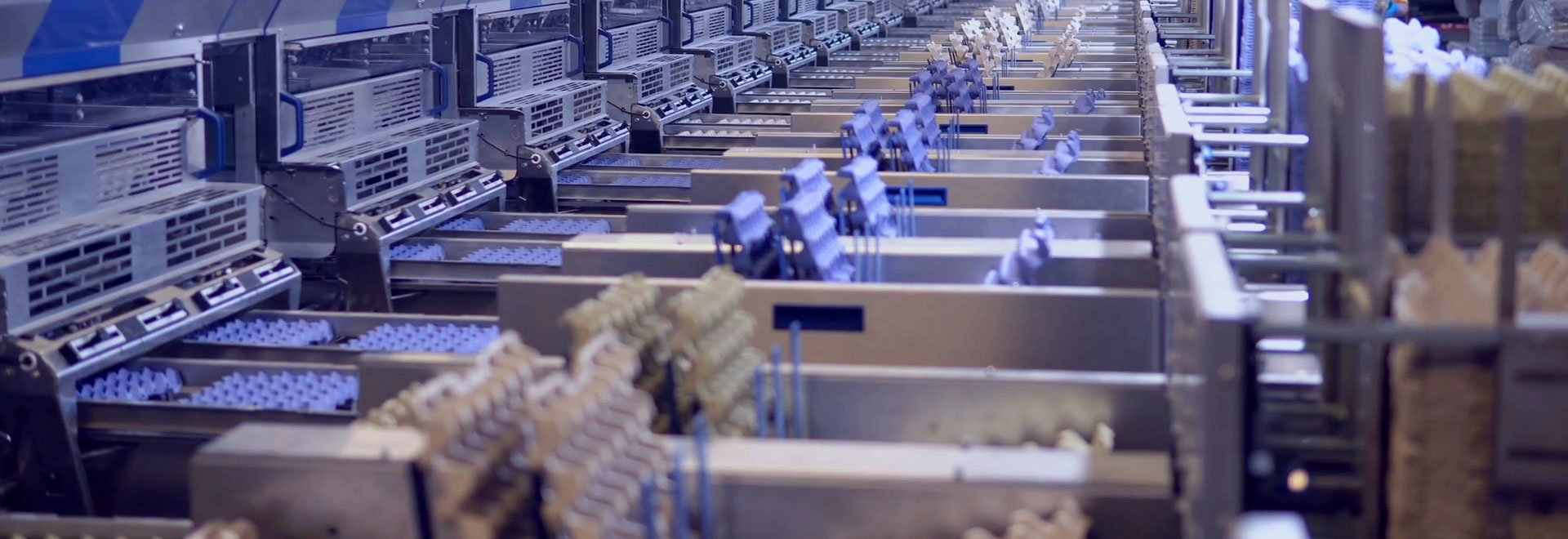

ISTA Procedure 3E transport tests are tests designed for products with similar packaging at unit loads for truckload shipments. This procedure covers the test of unit loads consisting of more than one product or packages of similar products.

These loads are prepared for shipment with a full truck load (FTL) delivery system carrier. FTL is designed as a motor vehicle transportation, in which the entire trailer load is filled with unit packed products. These are usually retail packaged products for a single destination.
ISTA 3E requires testing a sample. This example would be a combined load. ISTA encourages testing on additional samples to obtain more accurate information. However, it is not necessary to test more than one load.
Care should be taken when sending samples to be tested in laboratories. Samples should be overpackaged when sent to the lab, or repackaged when they are in the lab. If this does not happen, the samples may give false results as they are already weakened by the first shipment to the laboratory. The actual test can show weaknesses that do not actually exist.
It is important to document the configuration, materials, and structure of the product and packaging being tested. Significant differences in performance can sometimes be caused by differences that seem insignificant. Taking photos is highly recommended.
The test sequence of this standard includes seven different steps. The first two steps are atmospheric preconditioning and conditioning. Preconditioning ensures that the test sample is at ambient room temperature, essentially before the start of the test. Conditioning is the next step that exposes the sample to extreme environmental conditions. These can include extreme temperature, humidity, and a combination of both.
After conditioning, the next step is the shock test, which can be completed in one of two methods. One method is the slope effect. The second method is horizontal effect. After this shock test is completed, the next test is a rotary edge drop test. The compression test follows this and can be completed in one of three different ways. Options are machine application and release, machine application and retention, or weight and load distributor. The sender has the ability to choose one of three.
The last two steps are vibration and rotational edge drop. The vibration test is a random vibration profile. Since the sample is a load, there are certain requirements before completing the vibration test. The shaker table should contain fixing devices. These devices hold the sample on the shaker table and in the correct direction. Most importantly, limiting devices should be designed and implemented so as not to restrict the vertical movement of the test sample during testing.
To get an appointment, to get more detailed information or to request an evaluation, you can ask us to fill in our form and reach you.